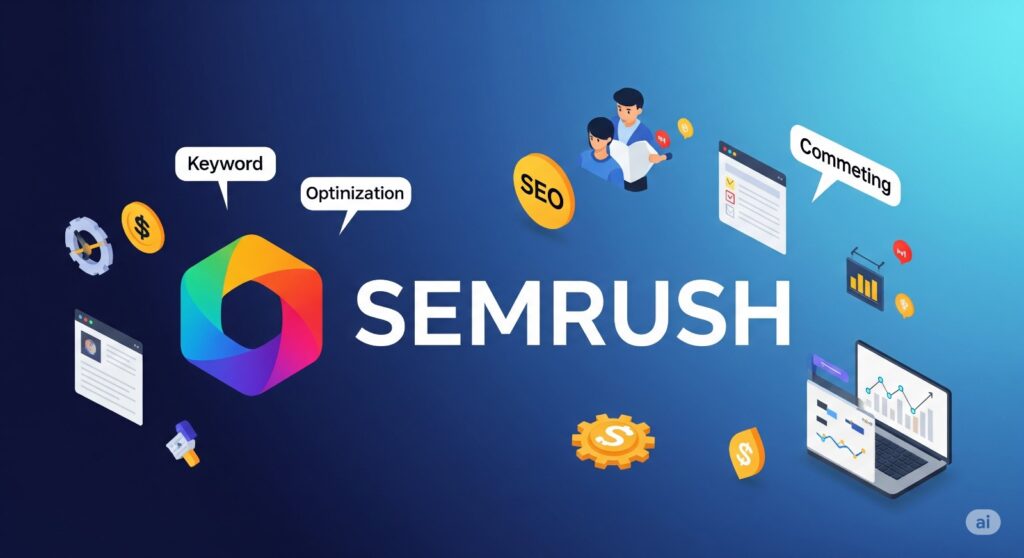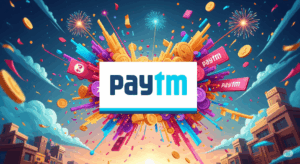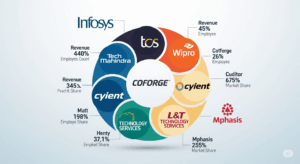Walk into almost any digital marketing agency or in-house marketing team, and you’re likely to find one tool open on multiple screens: SEMrush. It’s become synonymous with SEO, content marketing, and competitive analysis. But have you ever stopped to wonder, what exactly is the SEMrush marketing strategy? And more importantly, what can we learn from a company that has not only built an incredibly powerful suite of tools but has also mastered the art of marketing itself?
SEMrush isn’t just selling software; they’re selling solutions to common marketing problems. Their growth from a niche SEO tool to a comprehensive online visibility management platform is a masterclass in product-led growth, content marketing excellence, and data-driven decision-making. They’ve essentially used their own tools to become a marketing powerhouse.
1. The Power of Product-Led Growth (PLG)
At its core, SEMrush’s marketing strategy is heavily product-led. What does that mean? Instead of relying solely on heavy sales pitches, they let the product do the talking.
- Freemium Model & Value First: SEMrush offers a robust free tier, allowing users to experience the power of the tool firsthand. This isn’t just a basic demo; it provides genuine value, like limited keyword research or site audits. This “try before you buy” approach builds familiarity and trust, demonstrating the product’s capabilities long before a purchase decision is made.
- Solving Real Pain Points: Every feature within SEMrush is designed to address a specific pain point faced by marketers: “How do I find keywords?”, “What are my competitors doing?”, “Is my website healthy?”, “How do I write content that ranks?” By constantly developing and integrating tools that solve these problems, SEMrush becomes indispensable.
- Toolkits for Every Task: SEMrush isn’t just one tool; it’s a collection of toolkits for SEO, local SEO, content marketing, social media, advertising, and even AI. This modular approach allows users to start with what they need and then discover other valuable features, encouraging deeper engagement and upgrades. Their recent “AI Marketing Strategy” app is a great example of this, providing AI-powered workflows and tactics directly within their platform.
2. Content Marketing: The SEMrush Way
You can’t talk about SEMrush’s marketing strategy without talking about their content marketing. It’s phenomenal, and arguably their strongest channel for customer acquisition and brand building.
- Educational Authority: SEMrush isn’t just a tool provider; they’re a leading educational resource in the digital marketing space. Their blog is a goldmine of comprehensive guides, case studies, and industry reports on SEO tips, keyword research, competitive analysis, and more. They consistently publish high-quality, actionable content that answers common user queries and establishes them as an authority.
- “Show, Don’t Just Tell” with Data: Many of their articles directly use SEMrush’s own data and tools to illustrate concepts. For instance, an article on programmatic SEO might walk you through using their Keyword Magic Tool for keyword identification. This brilliantly showcases the product’s utility while providing value.
- Consistent Publishing and SEO Excellence: They practice what they preach. Their content is meticulously optimized for search engines, targeting relevant keywords and earning high rankings. This constant influx of organic traffic then feeds into their product, as users discovering their educational content are likely to explore their tools.
- Diverse Content Formats: Beyond blog posts, SEMrush leverages webinars, ebooks, templates, and even their own successful “State of AI in Content Marketing” reports to reach different audiences and provide diverse learning experiences.
- Strategic Acquisitions for Audience & Data: A more recent and significant move is SEMrush’s acquisition strategy, notably acquiring companies like Third Door Media (publisher of Search Engine Land) and Traffic Think Tank (an SEO community). These acquisitions instantly grant them access to established audiences and valuable first-party data, significantly boosting their content distribution and influence. This is a smart play in a cookieless world.
3. Deep-Dive Data & Competitive Intelligence
SEMrush built its reputation on competitive analysis, and they use this core strength in their own marketing.
- Transparent Competitive Analysis: They frequently publish competitive benchmarks and comparisons, directly showcasing how their data provides an edge. They don’t shy away from comparisons; instead, they lean into them, highlighting their strengths.
- AI-Driven Insights: SEMrush is continuously integrating AI capabilities across its platform, not just for content generation (like their Content Toolkit) but also for providing AI-driven insights for SEO, advertising, and market research. This means their own marketing messages often highlight how AI within their tools can give marketers a deeper understanding of their audience and market.
- Traffic Analytics as a Marketing Tool: They heavily promote their Traffic Analytics feature, which allows users to estimate any website’s traffic, channels, and user behavior. This tool itself becomes a marketing hook, demonstrating the power of data analytics for competitive advantage.
4. Community & Education-Led Engagement
SEMrush understands that software isn’t just about features; it’s about the community and the knowledge around it.
- Academy and Certifications: The SEMrush Academy offers free courses and certifications, providing marketers with valuable skills and making them more proficient users of the platform. This creates a highly engaged and knowledgeable user base.
- Influencer Marketing and Partnerships: SEMrush actively collaborates with leading industry experts, inviting them to speak at their webinars, contribute to their blog, and promote their tools. This influencer marketing strategy builds credibility and expands their reach.
- Customer Success Stories: They frequently highlight success stories from their users, demonstrating real-world applications and the tangible results achievable with their tools. This provides social proof and inspires potential customers.
What to Learn From SEMrush’s Marketing Strategy:
- Lead with Value (Product-Led Growth): Don’t just sell; solve problems. Offer compelling value upfront, even if it’s a free version of your product. Let users experience the benefits.
- Become an Educational Authority: Invest heavily in high-quality, informative content that addresses your audience’s pain points. Position yourself as a go-to resource, not just a vendor.
- Practice What You Preach: If your product helps others achieve X, show how you achieve X using your own product. This builds immense credibility.
- Embrace Data-Driven Decisions: Use analytics to understand your market, your competitors, and your own campaign performance. Let data guide your strategies.
- Build a Community: Foster a sense of belonging around your brand. Provide educational resources, facilitate interactions, and celebrate your users’ successes.
- Strategic Integration and Expansion: Don’t be afraid to acquire companies that align with your mission and can accelerate your market reach or data capabilities.
- Adapt and Innovate (Especially with AI): SEMrush consistently updates its platform with the latest advancements, particularly in AI. This shows foresight and a commitment to staying relevant in a rapidly evolving digital marketing landscape.
The SEMrush marketing strategy isn’t complicated; it’s consistent, value-driven, and relentlessly focused on the needs of its target audience. By understanding their approach, any business, regardless of size or industry, can glean invaluable insights into building a truly effective and sustainable marketing engine. It’s time to leverage these lessons and apply them to your own journey of growth.







